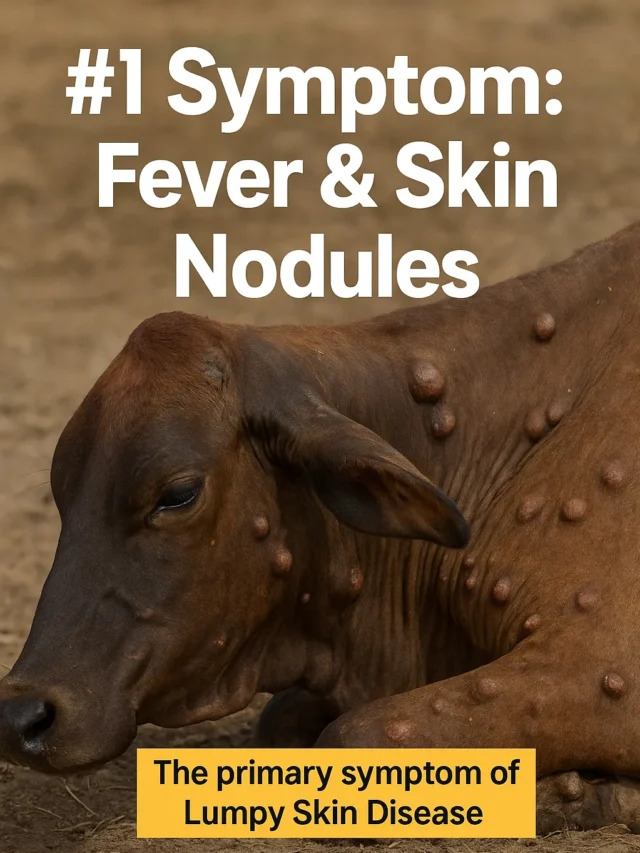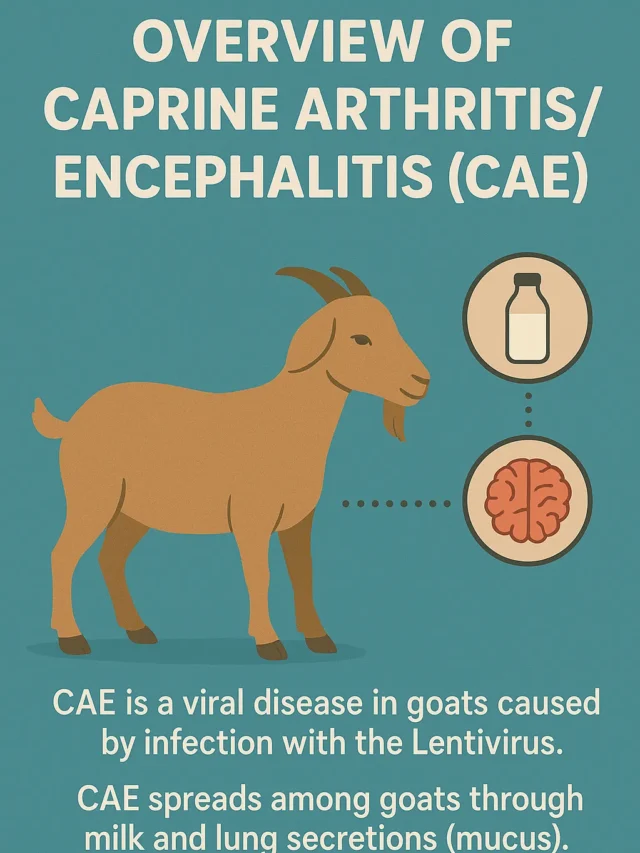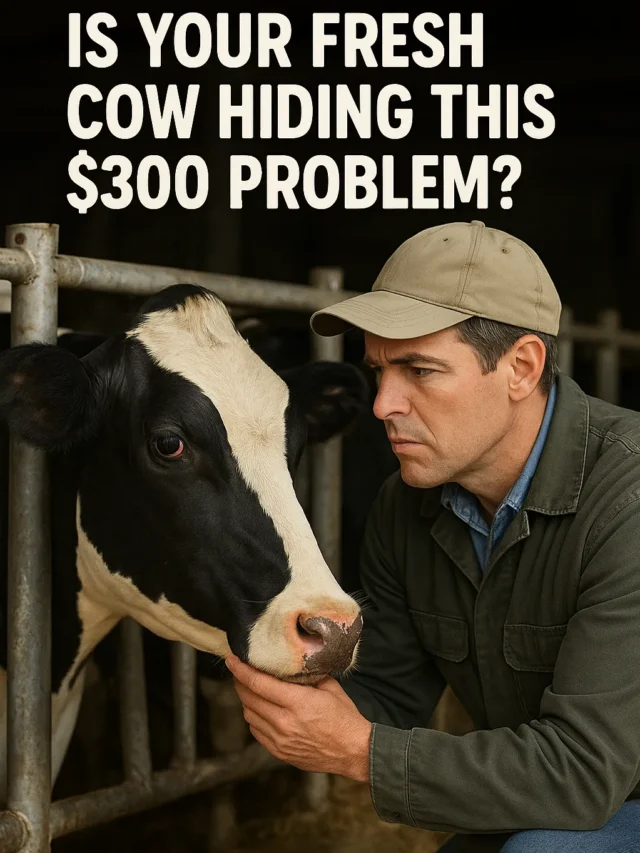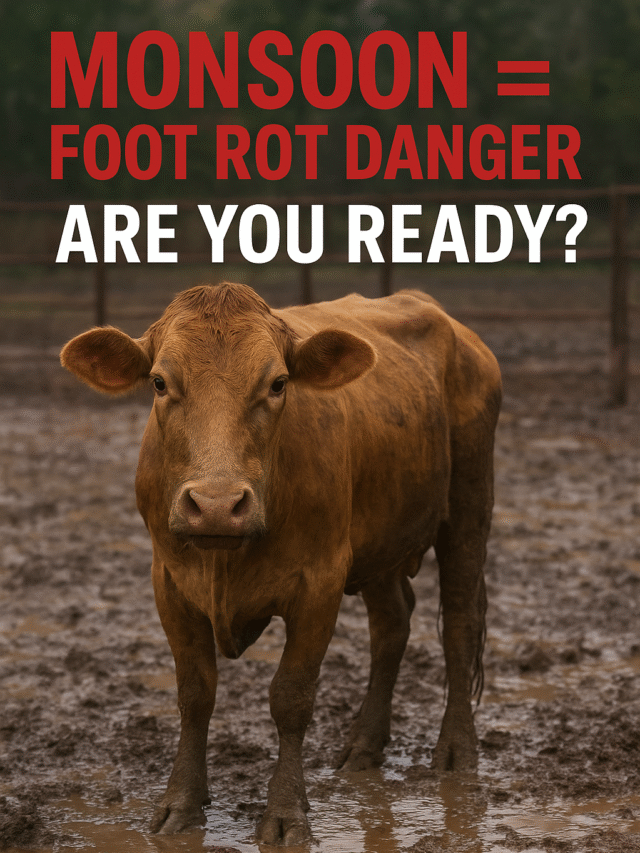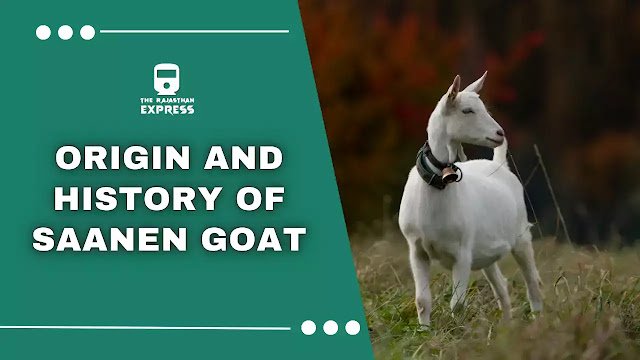Physical and Morphological Traits of Ladakhi Yak
Ladakhi Yak Information
| Conservation Status | Not at Risk (but dwindling population) |
|---|---|
| Scientific Classification |
|
| Breed Type | Multipurpose (Milk, Meat, Fibre, Draught, Transport, Manure) |
| Alternate Names | Yak, Ladakhi Yak |
| Origin | Indigenous to Ladakh, India; domesticated from wild yak (Poephagus mutus) |
| Distribution |
|
| Breed Composition | Domesticated from wild yak; adapted to cold-arid, high-altitude habitat |
| Physical Traits |
|
| Performance Traits |
|
| Breeding Traits |
|
| Adaptability | Well adapted to cold-arid climate, high-altitude hypoxic conditions, wind and UV exposure |
| Management |
|
| Population | ~14,000 (Leh district, 2019); declining trend nationally |
| Breed Recognition | Recognized as NBAGR Registered Breed (Second Registered Yak Breed after Arunachali Yak) |
| NBAGR: Ladakhi Yak Breed Details | |
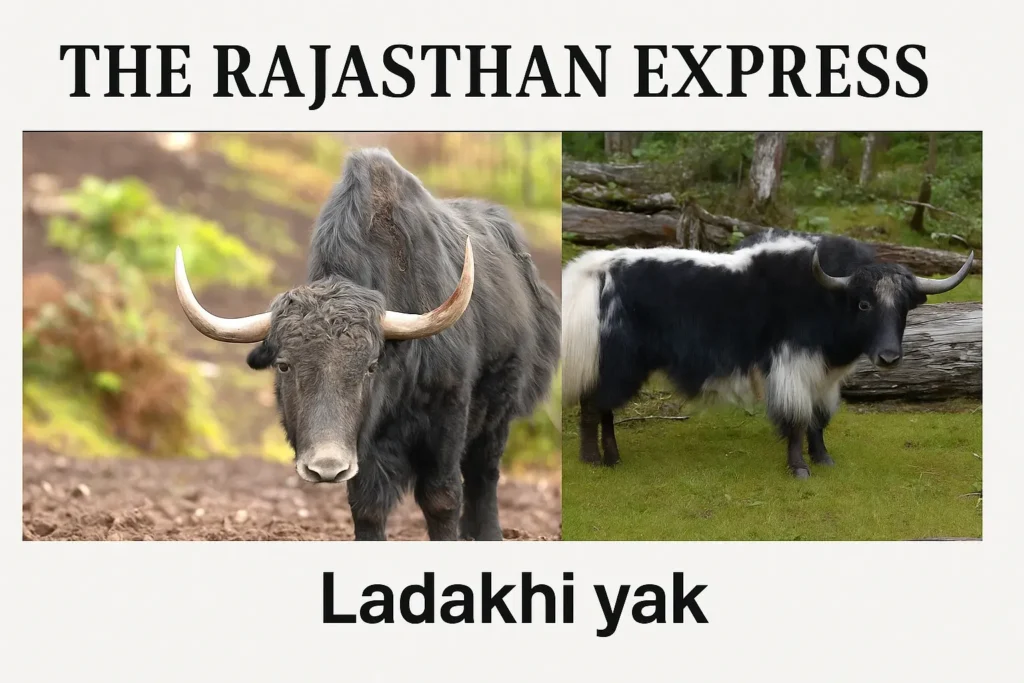
Discover the Ladakhi Yak – India’s newly registered high-altitude yak breed, native to Ladakh. Learn about its habitat, characteristics, uses, and why it’s vital to Himalayan pastoral culture.
THE RAJASTHAN EXPRESS
